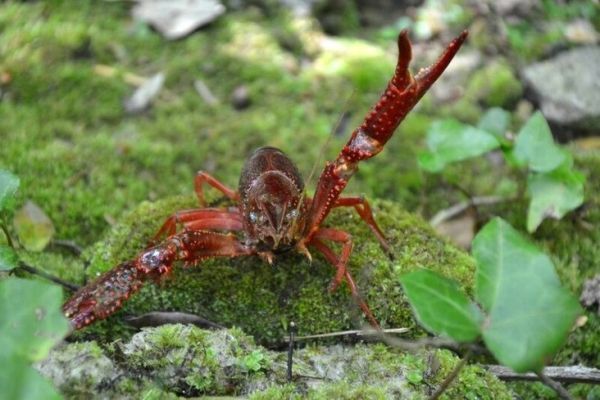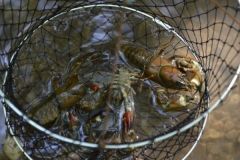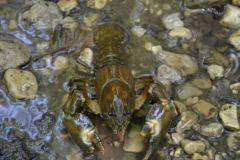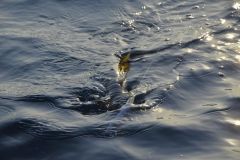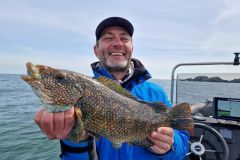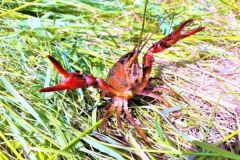A question of temperature
The various species of invasive crayfish found in our waters originate from the USA, where their behavior is frequently studied, not least to better understand fish activity. In fact, they can be found in almost all of our country's lakes, ponds and rivers.
Studies have shown that crayfish move and feed when the water is over 10 degrees. When the water is 7 degrees or less, they sink into the mud or hide under stones, putting their metabolism into a kind of hibernation. Depending on your region and average temperatures, the water can reach 10 degrees in March in the south of France, or around May-June in the north. So it's clear that there are ideal times to fish with crayfish imitations rather than fish imitations.
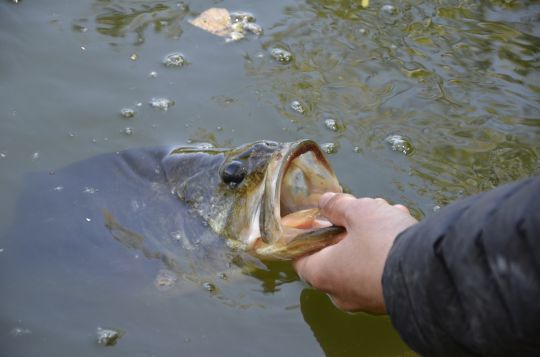
Mating season
There's a time of year when crayfish are most active: the breeding season. However, reproduction can take place twice, in autumn, but also in spring. When the water is at the right temperature and crayfish are looking for others to reproduce with, they become easy prey for fish. Crayfish move around a lot, and can be spotted by fish by the sound of their shells clattering or scraping against pebbles, which can be heard far out in the water.
Once mating is complete, the females bury themselves, but the males remain and moult. Molting is when the shell changes to become larger, and the crayfish's body becomes totally soft and takes some time to harden. The body color also changes, from greenish-brown to bright orange, making them even easier to spot.
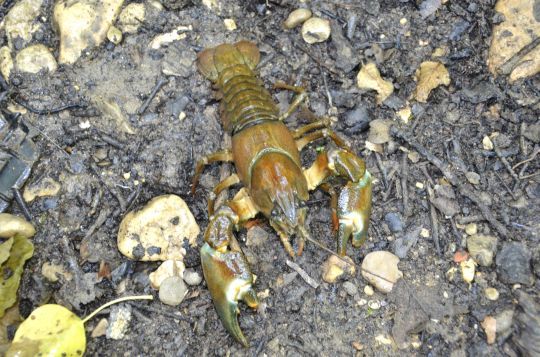
Egg-laying time
Once a period of around 30 days has passed after reproduction, it's the females' turn to come out of hiding to moult. This brings a second period of great interest for the fish, as a new wave of easy prey arrives en masse. The baby crayfish then separate from their mothers and will need to feed in large quantities if they are to reproduce in the following year. However, it's white fish such as carp and tench that are the biggest predators of these little crayfish hiding among the grass and rocks.

 /
/ 